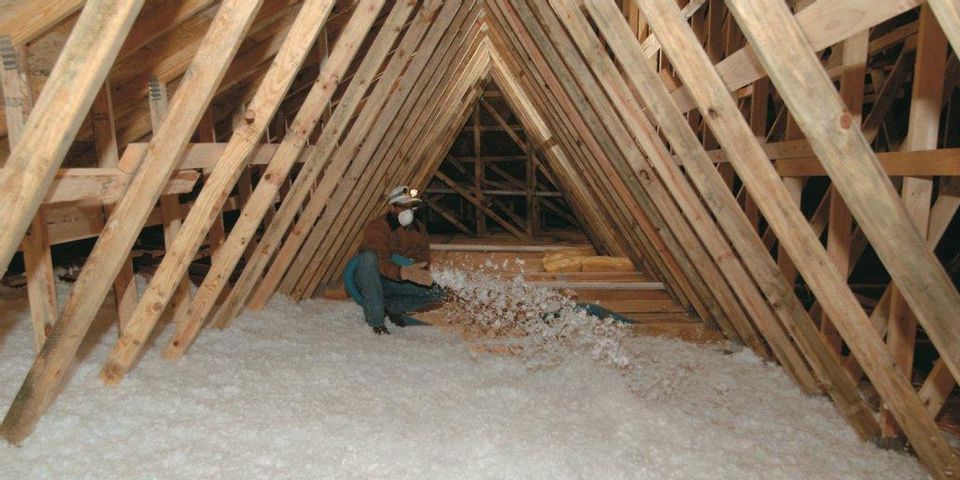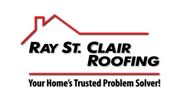Common Questions About Blown-In Cellulose Attic Insulation

Attic insulation is a vital component in keeping your home energy-efficient, as it helps prevent hot air from building within the roof and passing through the ceiling. It also helps reduce moisture levels, aiding in the prevention of mold growth and wood rot. While the benefits of insulation are clear, homeowners aren’t often sure which type is the best solution for their property. If you’re looking for an attic insulation material that can deliver effective results, here are a few points to know about blown-in cellulose and its advantages.
What You Should Know About Blown-In Cellulose for Your Attic
What is blown-in cellulose insulation?
This insulation largely consists of recycled paper fiber—such as that collected from old newsprint. It’s treated with a non-toxic chemical—such as borate compounds—to improve resilience against fire, pests, and mold. This product is fiberized to produce a dry, powdery material that can easily settle within walls, crevices, and other tight spaces.
This material is available in two forms: dry and wet. Wet cellulose is usually reserved for in-wall applications. Dry cellulose is better for less confined areas—such as the attic floor.
What are the advantages?
 Since recycled paper is fairly accessible, cellulose insulation is often more affordable than spray foam or fiberglass alternatives. Despite this low cost, the material offers impressive energy-efficiency with an R-value as high as 4.0.
Since recycled paper is fairly accessible, cellulose insulation is often more affordable than spray foam or fiberglass alternatives. Despite this low cost, the material offers impressive energy-efficiency with an R-value as high as 4.0.
By contrast, some fiberglass products offer an R-value as low as 3.0. As a result, opting for blown-in cellulose can help slice off a good portion of your annual cooling and heating costs.
Is cellulose insulation safe?
Fiberglass insulation is no longer a danger for homeowners, but in the past, the presence of asbestos caused serious health problems if it came in contact with the skin or was inhaled. Cellulose insulation, however, is proven to be safe and non-toxic. Its ability to resist mold and fire can also improve your household safety.
How is it installed?
First, a professional installer loads a blowing machine with cellulose bales. Once the material is fluffed up within the hopper, it’s blown through lone tubes that are directed to the application area. The insulation is then allowed to settle over time to deliver even coverage.
If your newly built or current home is due for an energy upgrade, turn to Ray St. Clair Roofing for blown-in cellulose attic insulation. Serving clients in the Fairfield, OH, area for more than six decades, this experienced roofing contractor will install insulation correctly to safeguard your property from energy loss. Well-versed in many other home improvements, the team is also equipped to provide dependable attic ventilation services, roof repairs, and seamless aluminum gutter installation. For more details on these capabilities, visit this roofing and siding company online. To request an estimate, call (513) 874-1234.
About the Business
(18 reviews)
Have a question? Ask the experts!
Send your question

